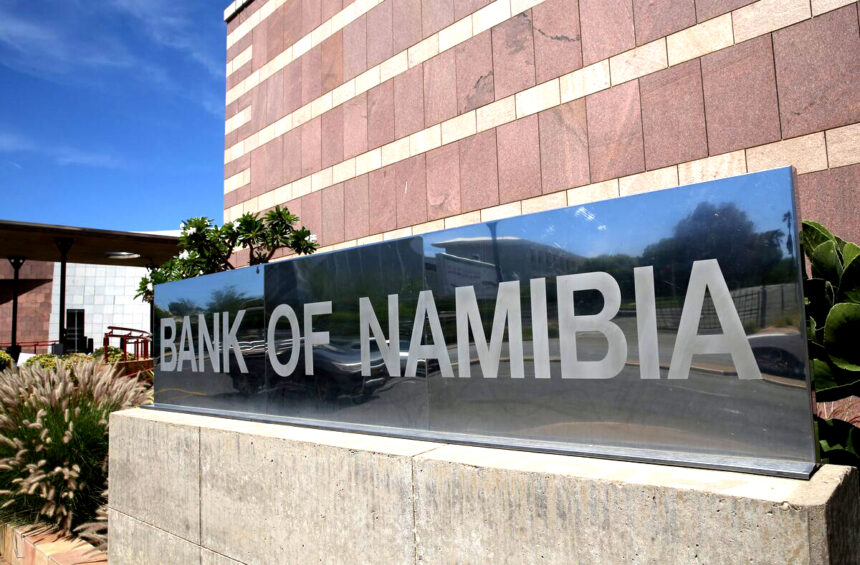Government’s savings strategy has accumulated nearly US$420 million, demonstrating its commitment to managing its Eurobond obligations due on 29 October 2025. Bank of Namibia governor Johannes !Gawaxab was this week confident the country will not default on this bond, as it is on the right track to meet all debt repayment obligations.
“We said come October, we should have US$500 million in the sinking fund that we have set up. In there, we have about US$420 million, so we still have US$80 million dollars to go. We have no doubt that we will have the full US$500 million at the due date,” said the governor on Wednesday in response to media queries.
This means Namibia is ready to repay its largest single-day debt maturity in the country’s history.
Bonds are investment securities where an investor lends money to a company or a government for a set period in exchange for regular interest payments. Once the bond reaches maturity, the bond issuer returns the investor’s money. Governments usually sell bonds for funding purposes, and to supplement tax revenue.
The US$750 million Eurobond was issued on 29 October 2015 at a coupon rate of 5.25%. In line with the bond covenants, the interest is paid on a bi-annual basis over the life of the bond.
The remaining one-third of the bond (US$250 million) will be refinanced utilising the most cost-effective instrument, cognisant of the prevailing high-interest rate environment and the need to manage debt servicing costs.
!Gawaxab added Namibia just needs to decide what to do with the remaining US$250 million, whether to roll it over or refinance it in the local market.
The Eurobond was used to fund the country’s budget deficit in FY2015/16 and FY2016/17.
The bond proceeds benefited both the operational budget and capital projects in the development budget over two fiscal years, including the construction and upgrading of various roads, land servicing nationwide, sanitation and electrification in rural and peri-urban areas, school and clinic construction, railway network development, and the construction of the Neckartal Dam, among others.
On a positive note, honouring this bond will help the country achieve targets in reducing debt levels because it encounters a big portion of the national debt.
Furthermore, in the FY2024/25 mid-year budget review, finance minister Iipumbu Shiimi stated the total debt stock as of the end of March 2024 stood at N$153.7 billion, equivalent to 65.1% of GDP, a moderation from 67.6% of GDP in the last financial year.
At the half-year mark, the total debt stock stood at N$161 billion, equivalent to 60% of GDP.
“With the revisions above, the total public debt stock expressed as a ratio of GDP is estimated to reduce from 65.1% in FY2023/24 to 62.1% in FY2024/25. Going forward, we estimate the debt ratio to remain on a downward trend, reducing to 57.8% by the end of the medium-term expenditure framework,” said Shiimi at the time.
-mndjavera@nepc.com.na


